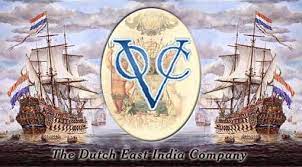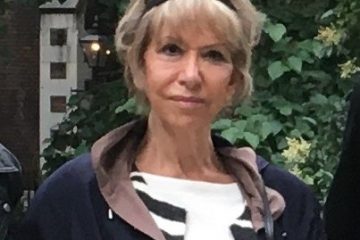Although part of the south coast, from Cape Leeuwin to around Fowlers Bay, was first mapped in 1627, there are no documented accounts of any visits until Vancouver entered King Georges Sound on 29 September 1791, staying until 11 October 1791. While extensive investigation were undertaken in the area, and signs of Aboriginal occupation, such as huts and weirs, were noted, no interaction with the Minang took place, “nor were any smokes to be seen” (Vancouver 1798:1:39), suggesting the Minang were elsewhere at the time.
EASTERN SOUTH COAST
The first known encounter between Europeans and the Aboriginal people in this region, the Kurnai, took place on 18 March 1797 when survivors from the “Sydney Cove”, wrecked on Preservation Island in Bass Strait, became marooned about 32 kilometres west of Lakes Entrance on 12 March 1797.
F M Bladen (ed.) 1895
Voyage of Sydney Cove’s longboat from Preservation Island to Port Jackson – “Mr Clark’s Account”
Historical Records of New South Wales, Volume 3
Sydney: Government Printer., pp. 760-68.
p.761-2 [90 Mile Beach, 18 March 1797]
Forded several branches of rivers. We this day fell in with a party of natives, about fourteen, all of then entirely naked. They were struck with astonishment at our appearance, and were very anxious to examine every part of our clothes and body, in which we readily indulged them. They viewed us most attentively. They opened our clothes, examined our feet, hands, nails, etc., frequently expressing their surprize by laughing and loud shoutings. From their gestures during this awkward interview it was easy to perceive that they considered our clothes and bodies as inseparably joined. Having made them a present of a few strips of cloth, which they appeared highly delighted with, we pursued our journey, and halted in the evening after a march of 30 miles.
——————————————————-
The next recorded interaction on the eastern south coast of involved George Bass encountering 4 Boonwurrung men on 6 January 1798 (Western Port Bay), although he had seen “many large smokes” along Ninety Mile Beach earlier. He also discovered marooned runaway convicts on an island to the west of Wilson’s Promontory who may have had prior interaction.
G Bass 1986
Journal of a Whaleboat Voyage
Carlton: Queensberry Hill Press.
p.22 [Ninety Mile Beach, 1 January 1798]
There appeared to be many large smokes behind the beach
p.31 [Western Port Bay, 5 – 17 January 1798]
There seem to be but few natives about this place. We saw only four, and that the day after we came in [6 January 1798], but they were so shy we could not get near them.
———————————————–
In south west Victoria James Dawson, relying upon Gundidjmara and Girai Wurrong informants, recorded accounts of their observations regarding the first white man they encountered and the first sighting of a ship.
J Dawson 1881
Australian Aborigines
Melbourne: George Robertson
p. 105
The first white man who made his appearance at Port Fairy … was considered by the aborigines to be a supernatural being; and, as he was discovered in the act of smoking a pipe, they said he must be made of fire, for they saw smoke coming out of his mouth. Though they were ready to attack a stranger, they took care not to go near this man of fire.
p.105
The first ship which was described by the aborigines was believed to be a huge bird, or a tree growing in the sea. It created such terror that a messenger was immediately sent to inform the chief of the tribe, who at once declared the man to be insane, and ordered him bled by the doctor.
WESTERN SOUTH COAST
The first recorded interaction on the western portion of the south coast took place between Flinders and the Minang at King George Sound (Albany) on 14 December 1801, although Flinders found a copper plate indicating the ship “Elligood” had been there in August 1800.
M Flinders 1814
A Voyage to Terra Australis …1801 – 1803
2 vols, London: G & W Nicholson
2:57 [head of King George Sound, 14 December 1801]
Mr Brown and other gentlemen … … met with several of the natives who were shy but not afraid they very early made signs to our gentlemen to return whence they came.


